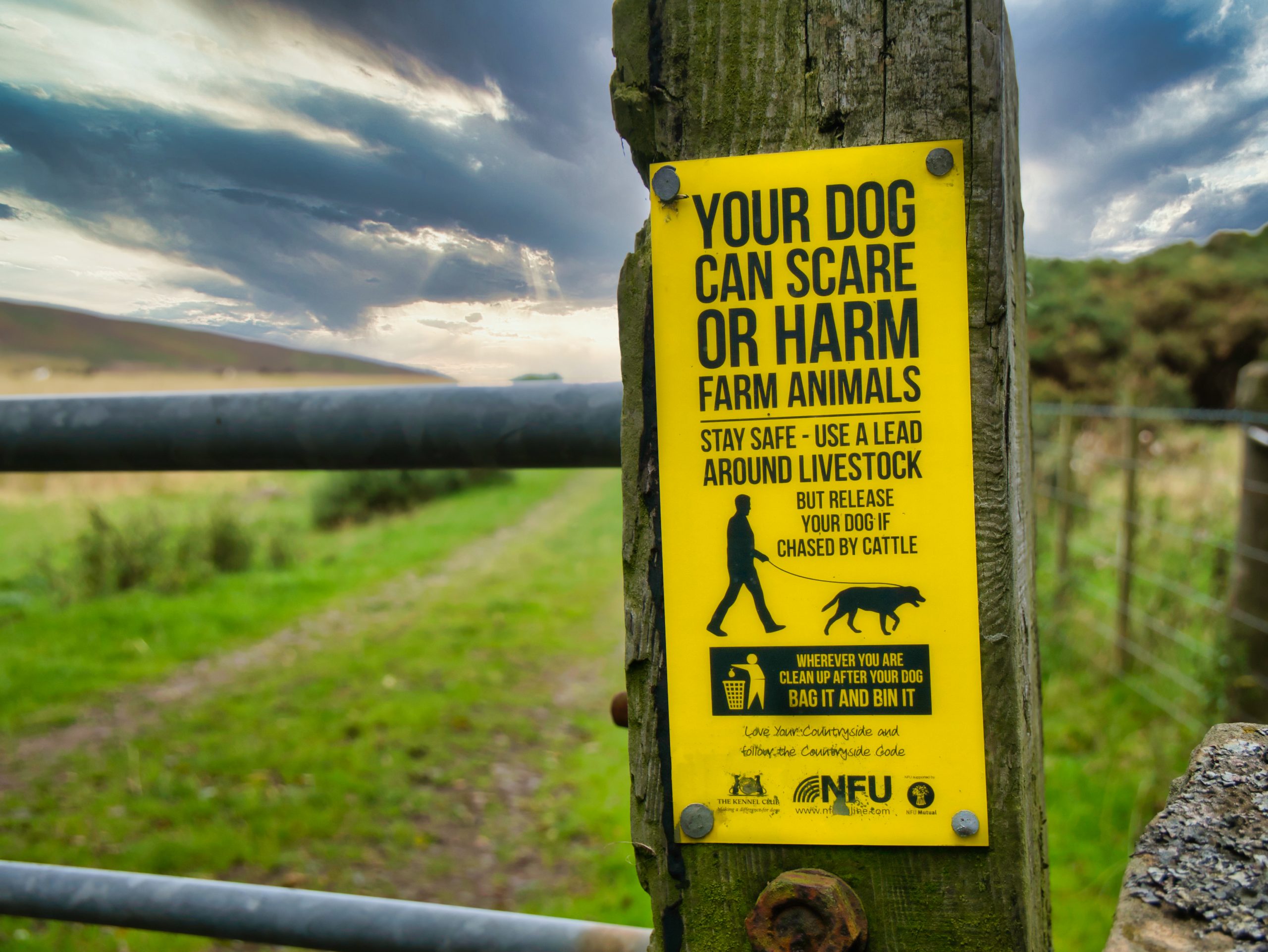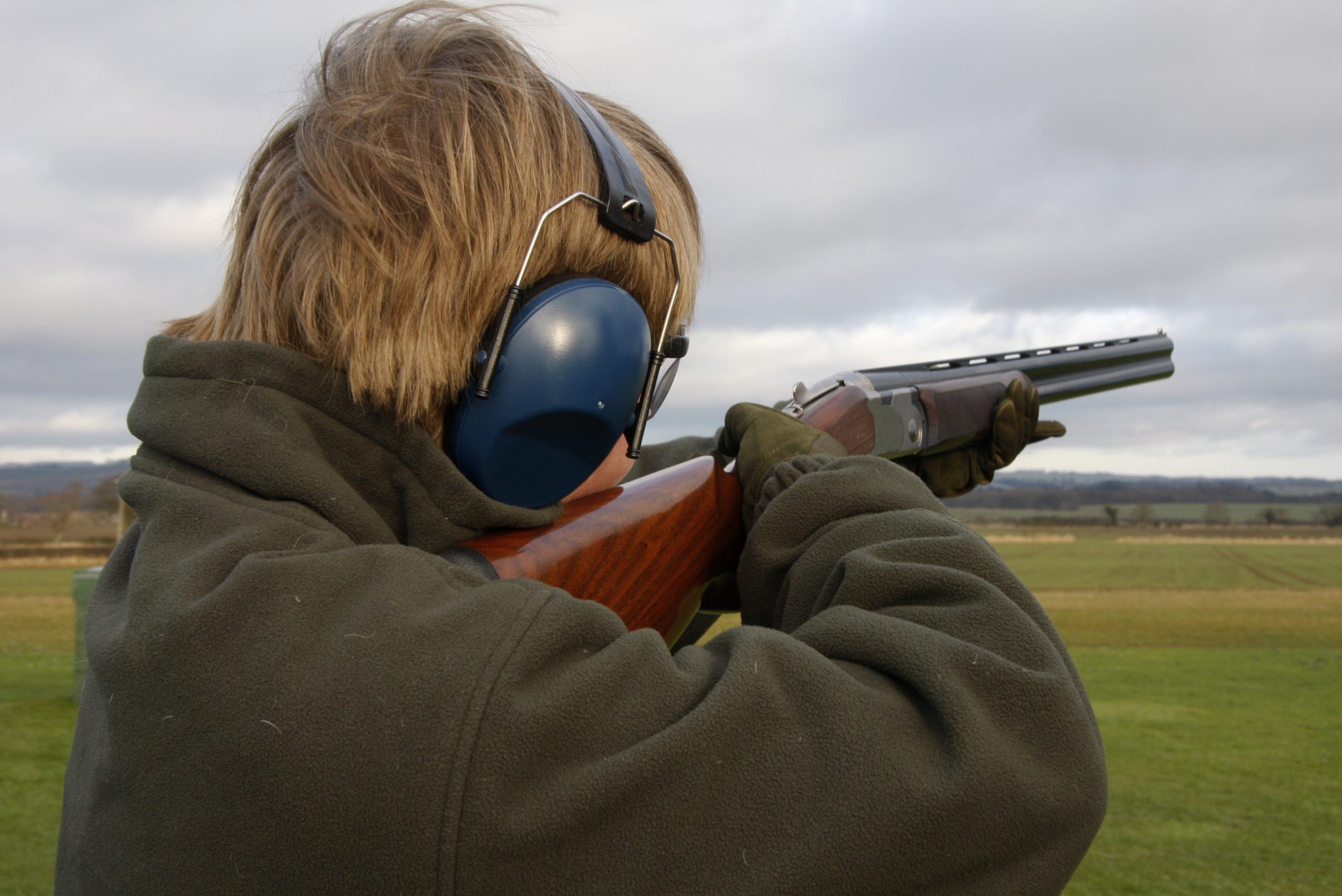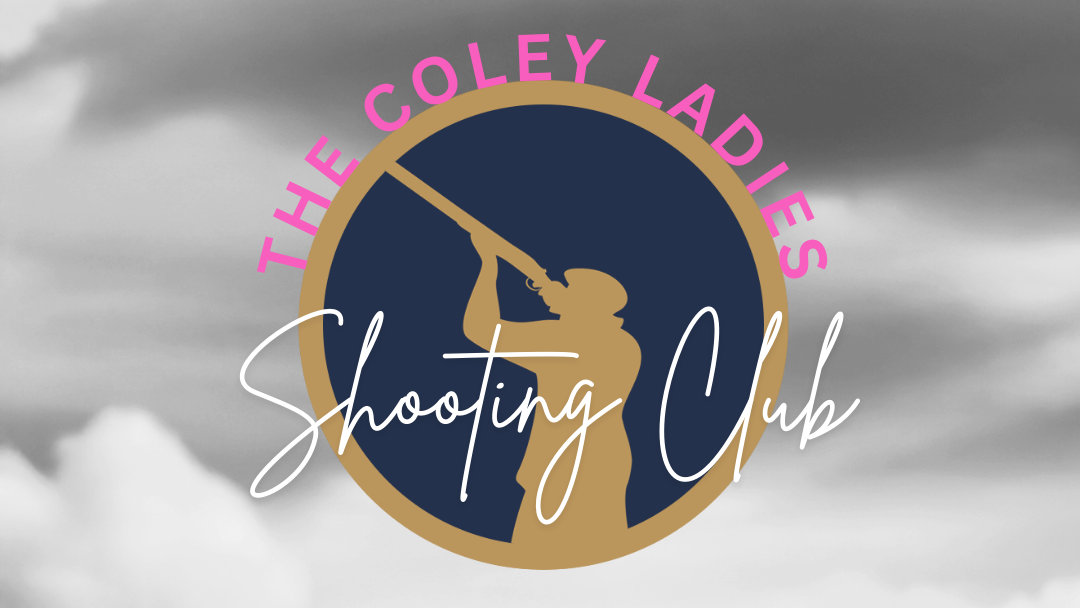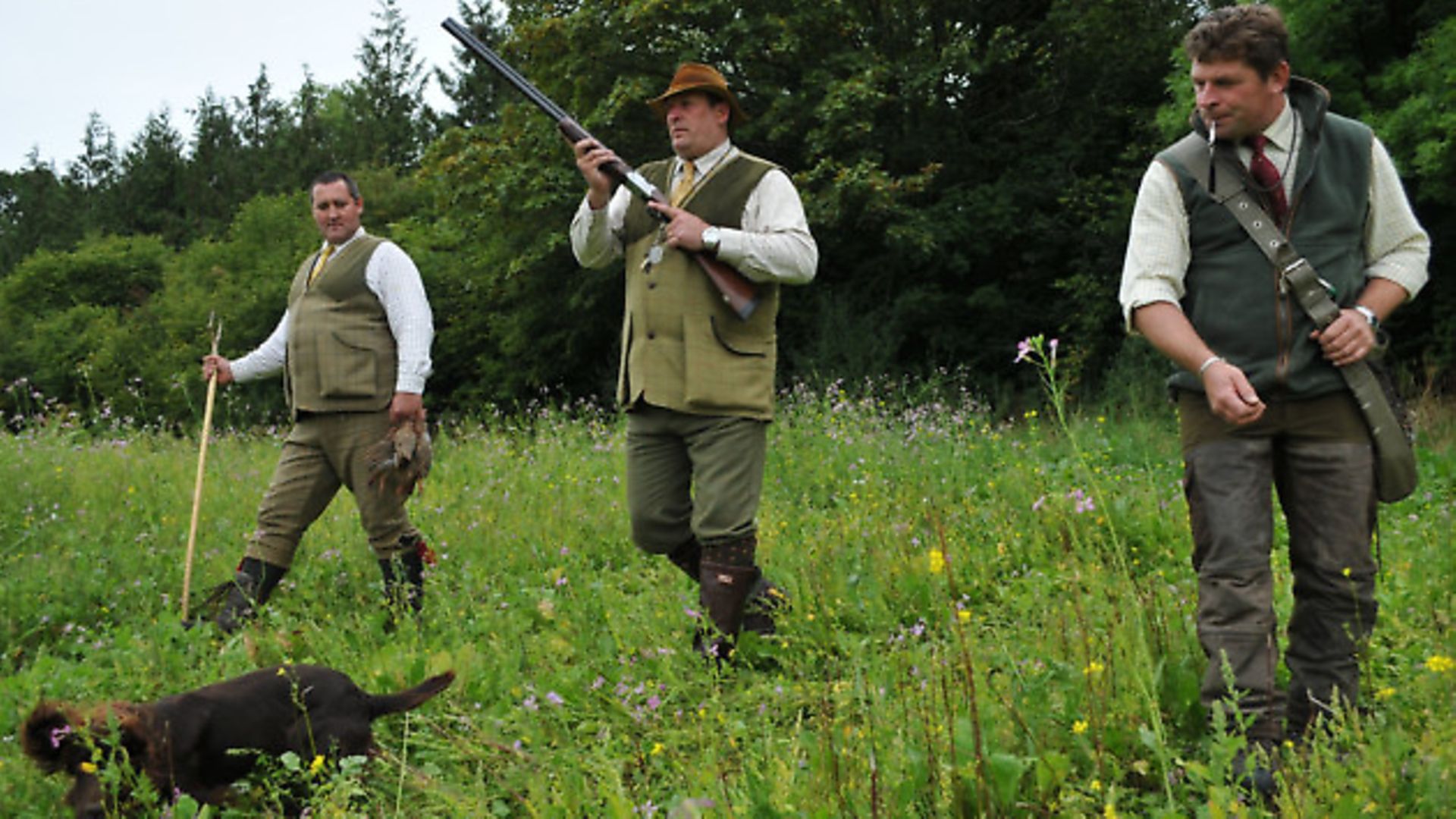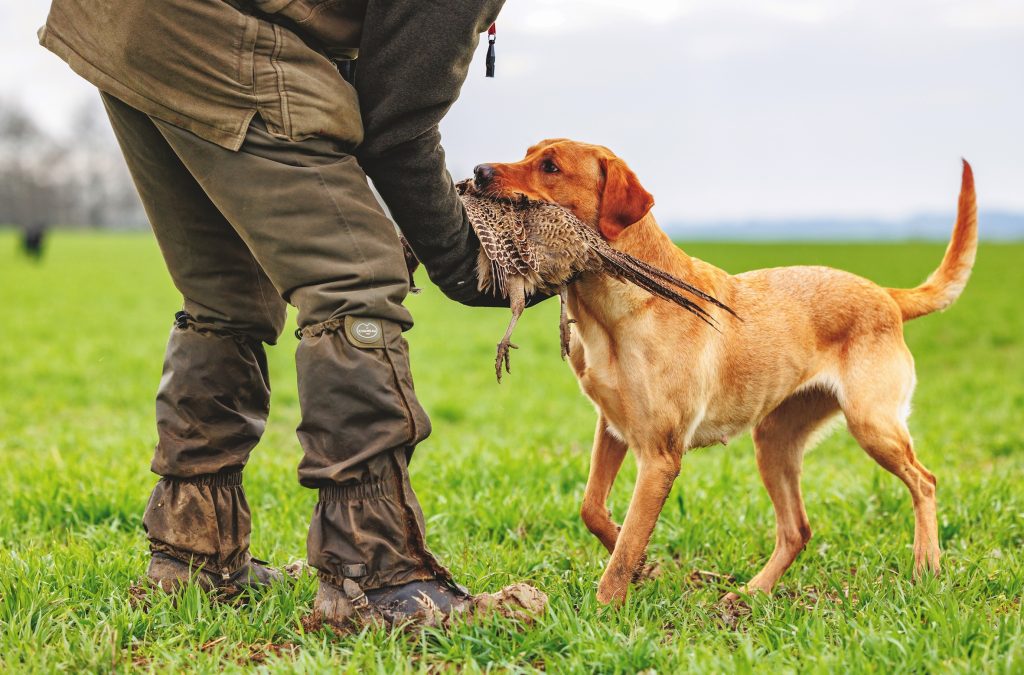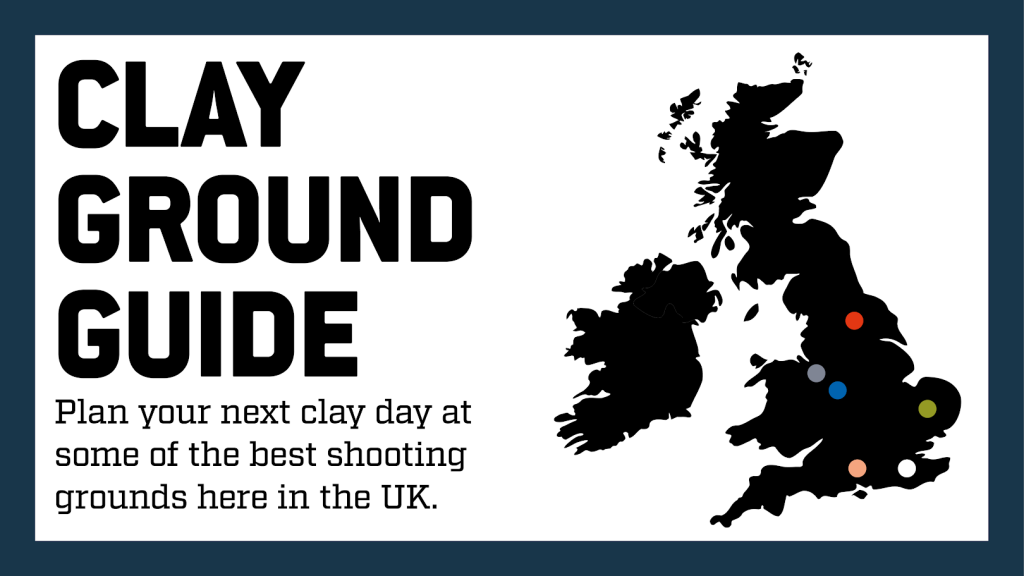Shooting technique: Partridge
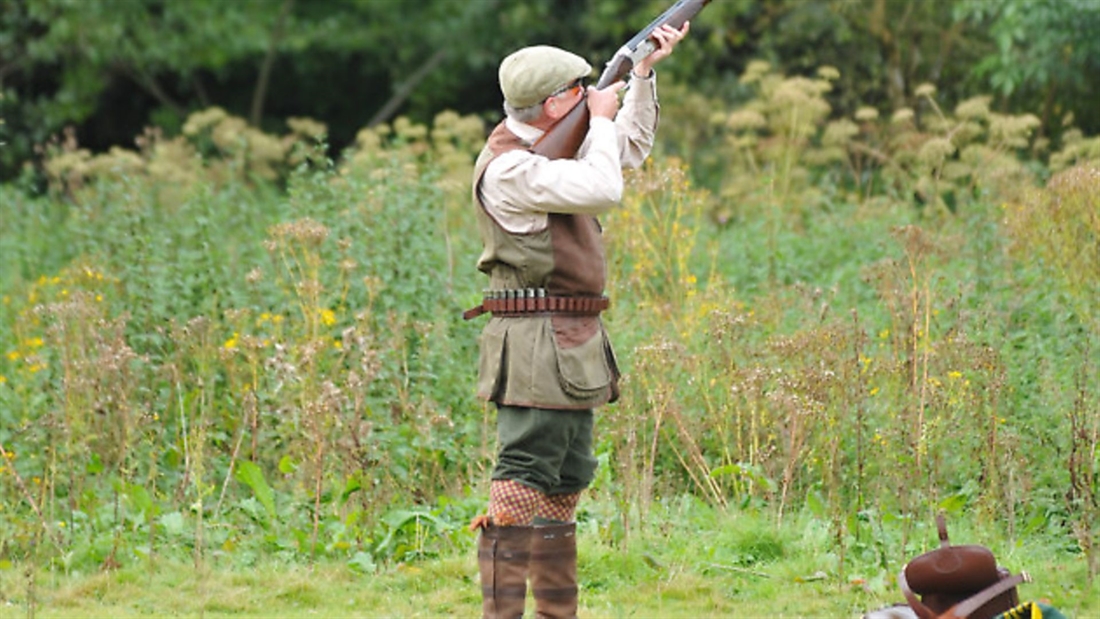
Big Will gives his tips and tricks for enjoying this sporting little game bird
This is an exciting time of year for many of us with the game shooting season just underway, and partridge can present some superb sporting opportunities whether walked-up, over dogs or driven. So let’s look at the options and how we should enjoy the day while remaining safe and focused at all times. This should put you on a good footing for the pheasants next month and for the duration of the season.
Walked-up
This can be on your own as a single Gun, or with several of you in a line with dogs working a cover crop in front of you. Muzzle awareness is essential as you will be walking with a loaded shotgun, and at the same time you must make sure you have a firm footing and that you are alert and ready to react to the flush. Walking with a loaded gun might sound a little daunting, but you should walk at a slow pace, nice and steady. This gives the dogs time to work the area thoroughly and you time so that you don’t stumble or trip.
When in position and ready to start, the first thing I do is to take a moment to check my surroundings. By that I mean I check the position of any fellow Guns, my safe arc of fire and where my shot is likely to fall. There could be a footpath, bridleway or road in close proximity, and if at any time during the day you’re not sure, don’t take the shot, it’s better to be safe than sorry. Nobody is going to scorn you for that, if anything you will gain the respect of those with you for your safe and sensible conduct.
Okay, so I’ll now load my gun with the barrels facing the ground and, before bringing them up to near vertical, make sure the safety catch is engaged, ensuring that when I do there is not a dog directly in front of me. Another good tip is that if a dog happens to be in front of you, simply turn 180 degrees away to load and bring the barrels back round fully vertical, always checking for anyone stood behind the line as you do so.
Now you can proceed. As the dogs start working and you’re moving forward, keeping the line straight, keep your finger away from the trigger – up along the side of the action is good. If a bird lifts to the flush and it’s safe to take the shot only engage the safety to fire as you are mounting the gun to take the shot.
Hopefully the bird will fall to your first shot. If this happens, engage the safety prior to reloading. Then, normally, the line will stop, guns will be broken, and the shot bird retrieved before continuing. Use your open choke for your first shot and, if needed, your tighter choke for a follow-up shot. A cartridge of 25g to 30g with No. 6 shot will do the job, anything heavier and the chances are the bird won’t be fit for the table, and you really don’t want the embarrassment of the retrieved item having that ‘oven ready’ look!
Driven
Now before you roll your eyes and say ‘this is a big bucks day out,’ it needn’t be. Look at the days we have covered in the past at my testing ground, The Honeycombe Shoot in Dorset. You can have the best of both worlds if you wish: we refer to these days as a ‘walk one, stand one’. It is all very affordable as Big Mike, the host can cater for all budgets, and is a super way to be introduced to the driven element.
Now on any true driven day I feel it’s important to make an effort with your dress code, even if it’s just a smart shirt, a tie, a pair of moleskin trousers and clean wellies. On walked-up days you could be walking through wet cover crops nearly waist high so these days can be relaxed and quite informal. At the other end of the scale, on a driven day you’re parting with a month’s wages for the day out and need a shooting suit to match. But in any case, let’s look at a basic code of conduct and the partridge we will be likely to encounter.
In relation to your gun set up, I still wouldn’t go heavier than a 30g shell and a I/C, ¼ to a max ½ choke choice. On arriving at the shoot (on time!), after meeting and greeting and once formalities are done and dusted, your host will give you his safety briefing and format for the day (number of drives, etc). You will then draw for pegs, which simply means which peg you will start the day on – you may possibly move up two or three pegs on the other drives. Once on your peg, again it’s very important to check behind you for any members of the picking-up team and acknowledge any of the beaters and stops in front. You may be live on peg or the drive may well start and finish with the blow of a horn, but that should have been made clear in the earlier briefing.
With your fellow Guns to the sides of you, you will have an arc of fire which is divided between your pegs. Once you have loaded your gun, you may wish to stand with it broken over your arm until the drive gets underway, but once closed I’d suggest the barrels remain on a near vertical angle. There will be straight driven birds and ones that are heading your way and then curl off towards your neighbour for him to engage, but it works both ways.
Don’t get in a fluster, if a covey comes thrashing over, do your best to pick one bird out and stick with it. Trying to chop and change at the last second for a different one will end up as a bit of a ‘hack and hope’ and rarely results in a bird on the deck. Take your time to pick out your birds, you may have to let a fair few through that are too low and unsafe to raise the gun to and, again, if in doubt don’t shoot.
It’s about enjoying the experience rather than getting yourself stressed about should I or shouldn’t I. I would see anything around the 30 yard mark and beyond as a good sporting bird. If this all seems a lot to take in, my advice would be to ask an experienced Gun to accompany you for the day. He or she can talk you through the formalities and help you pick out your birds. Don’t forget to thank the host prior to leaving and remember the Keeper’s tip.

